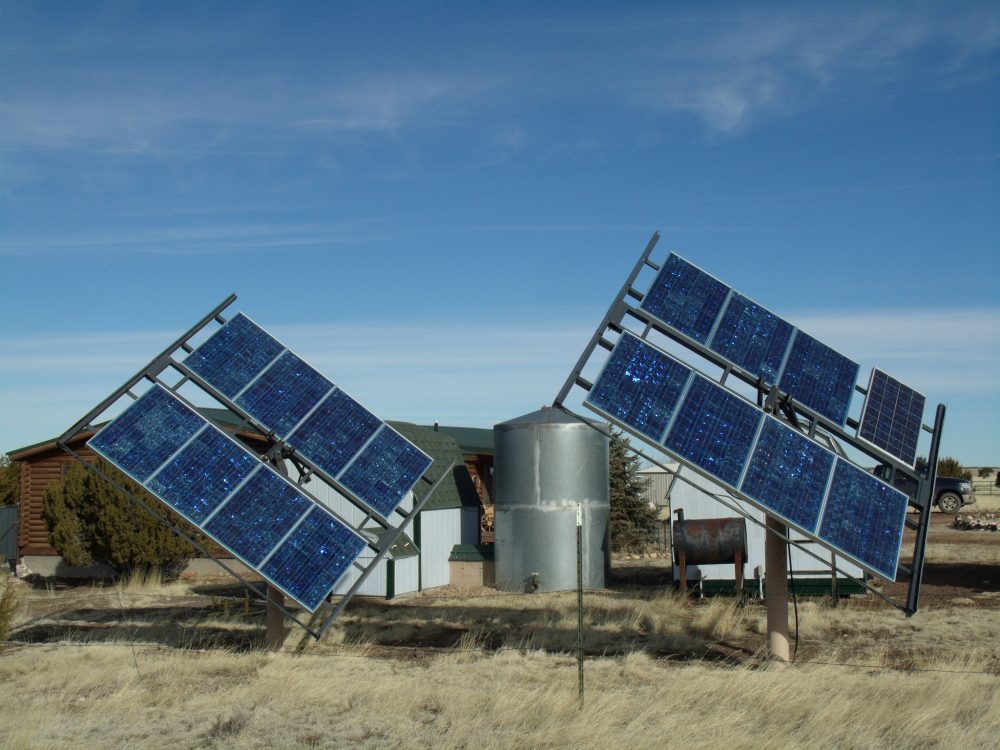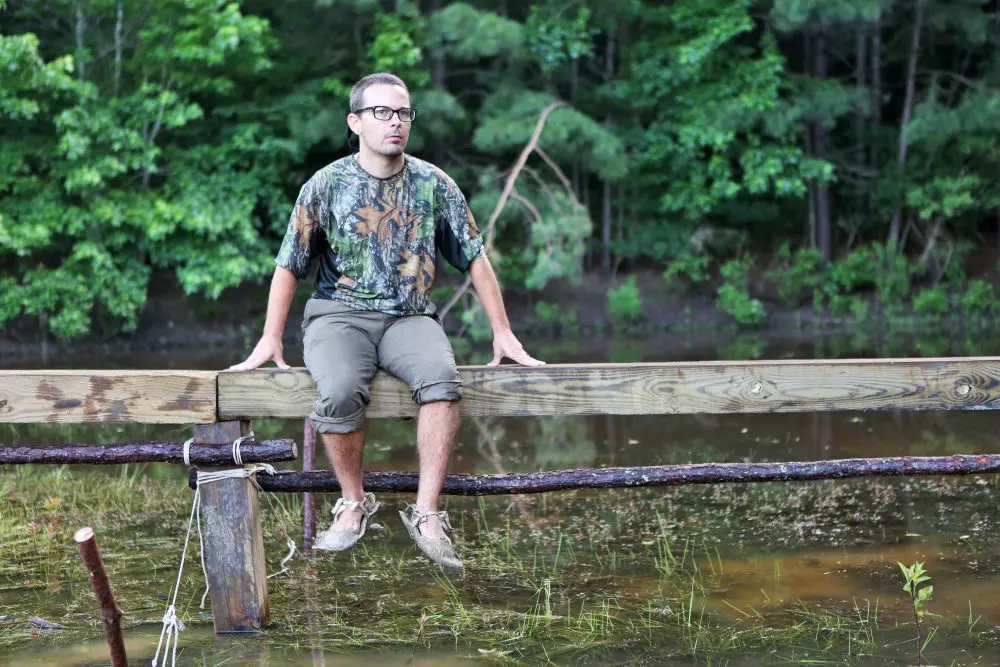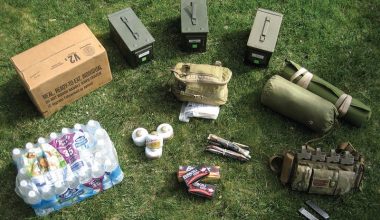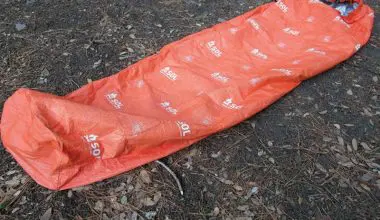More survival books are available today than ever before, and I believe a great deal of material is cut and pasted from book to book. It seems as if the writer or editor is thinking, “Oh, let’s not forget to put this in there, because all the books have it.”
My intention is not to show how much wrong info is out there, but to help educate people by squashing a bit of the hype brought to us by gear companies. Hopefully the information put forth here will also shed some light on frustrating camp crafts and make things a little smoother for today’s woodsmen.
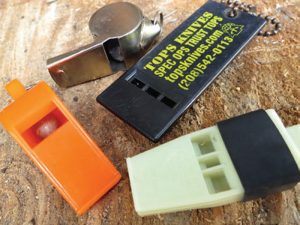
Table of Contents
PEALESS WHISTLE
The first time I ever read the old “Don’t buy a whistle with a pea in it because it will freeze,” I believed it. It sounded plausible. The claim is that the little pea (ball) inside the whistle chamber will stick to the inside in cold weather after the warmth and moisture of your breath mixes with the freezing air.
The truth is, I have been trying to get this to happen with both a plastic and a metal referee-style whistle by leaving them overnight in windy, freezing temperatures during winter. To no avail!
This “freezing myth” has become the main selling point and marketing strategy for most manufacturers of pealess whistles. Personally, I like the shrill sound of the whistles with a pea.
JUNGLE RAFT
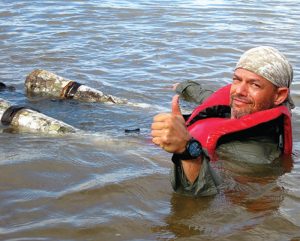
I have noticed that every book on jungle survival has been written by a soldier who perhaps has spent a small amount of time in the jungle and then decided to write a book based solely on this time. Not too many books that I can think of are by people who have made repeated trips to the jungle over the course of many years.
Scanning the pages of two well-known books, I see the same diagram that always makes an appearance. It depicts a guy on a one-man raft made with two three-foot-long logs about ten inches wide and lashed together in two places via some sort of cordage. The guy is sitting with his back against one log and his legs resting over the other log.
This is fine if all the person wants to do is float, but if he wants to paddle and have any kind of control, the position must be changed so the guy is sitting in between both logs, with the logs parallel to his legs and body. Now the arms have complete freedom to paddle, thus putting the survivor back in control and not at the mercy of the current.
FIGURE FOUR TRAP
As many times as I have seen this trap illustrated in books, I have yet to see one diagram with all the properties correct.
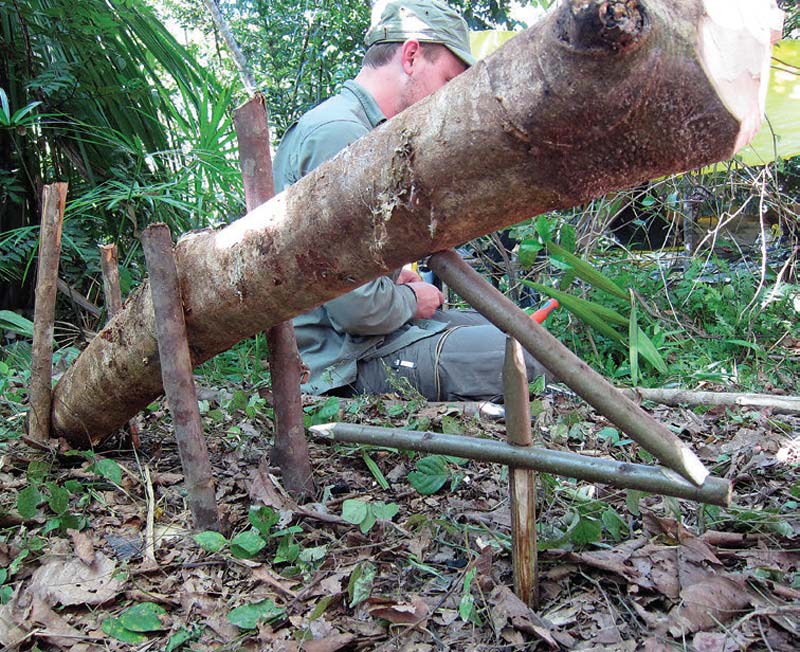
Two very well-respected books show the trigger stick attached to the vertical stick via a square notch. This is actually a strong locking type of notch and does not allow the trigger to do its job. I have seen nothing but frustration from people making them because the trap will not trigger. This notch is OK to use as long as all the wood under where the two square notches meet is shaved away. This will allow the trap to not only trigger, but also make it very sensitive. Another remedy would be to make two L-type notches instead of the square notches, as those need very little tweaking.
One book has a diagram of the vertical stick sharpened to a point and stuck in the ground. The problem with this is that the vertical stick is holding the weight of the diagonal stick and needs to be able to fly out of the way fast so the deadfall can fall right where the trigger stick is. Anything in the way (like a securely planted vertical stick) will either stop or disrupt the deadfall.
I believe this may have been a great source of frustration for those who have followed the instructions thoroughly only to have a trap that won’t trigger.
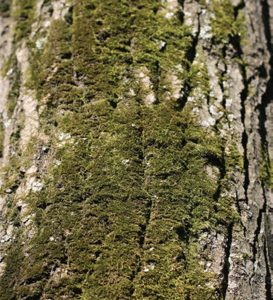 MOSS ON TREES
MOSS ON TREES
When it comes to debatable navigation subjects, “moss grows thickest on the north side of a tree” has to be addressed.
Do not confuse real moss with the parasitic lichens that encrust rocks and trees. Moss favors the part of a tree that retains the most moisture. In order to get a proper reading of moss on trees, one must locate trees of straight, upright posture with smooth, even bark in well-exposed areas of the forest that receive direct sunlight a good portion of the day, because moisture will evaporate less from the north side of the tree.
This means one must omit leaning trees, trees with uncommonly rough bark, and trees found in the shade of cliffs or steep mountains. A woodsman will clearly have better results by narrowing his search to a few trees rather than being distracted and possibly misled by any and all moss and lichen present.
DESERT EXTREMES
Just about every reality TV show that mentions the desert opens with a dramatic line telling viewers how the desert is a land of extremes, often with blistering hot temperatures in the daytime and freezing at night.
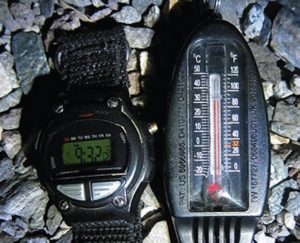
Well, I’m from southern California and have extensive experience hiking, kayaking and backpacking in the deserts of Nevada and Arizona. Night usually goes like this: if the daytime temperature is about 110 degrees Fahrenheit, the night is usually around 90 degrees Fahrenheit, which isn’t extreme at all. Usually if it is hot in the day, it will be hot at night.
I was recently in the desert on an overnight hiking and camping trip. The daytime temperature was 84 degrees, and the nighttime low was about 54 degrees. This is bearable, but the desert, with its flat openness and various canyons, is prone to wind, thus bringing in wind-chill factor. In winter, the desert is just plain cold in the day and at night. Nighttime temperatures can easily be in the 20s to 30s when it is in the 60s in the daytime. If it is cold in the day, it will be cold at night, and vice versa.
This is not meant to downplay the importance of having the proper clothing and gear for the desert, but to put some of the dramatics to rest and hopefully get more people interested in the desert for its beauty rather than fearing it!

